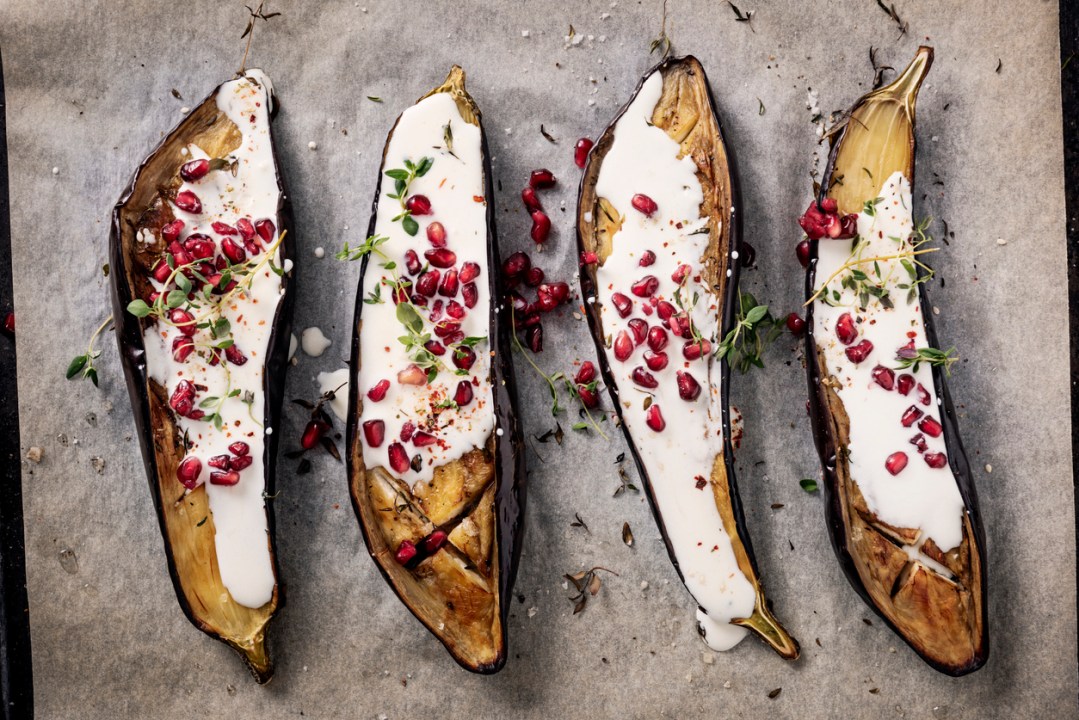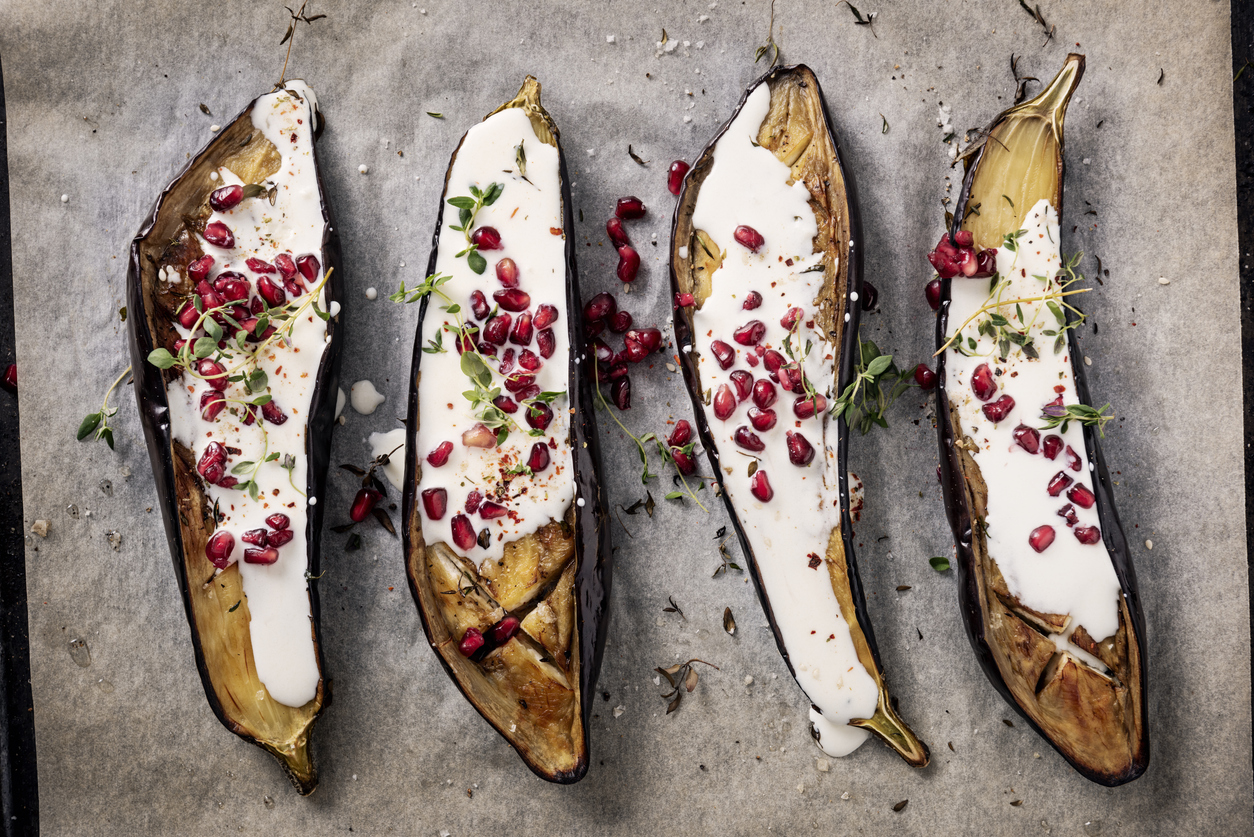As far as chefs and food writers go, Yotam Ottolenghi has been pretty influential on my life – a life that revolves quite heavily around food. Choosing it, thinking about it, pathologising it, eating it and sometimes even cooking it. I was one of those who was delighted when supermarkets started stocking pomegranate molasses, rose harissa and Middle Eastern spices like sumac and za’atar, all courtesy of the seismic influence of the Jerusalem-born Ottolenghi and his Palestinian partner in crime, Sami Tamimi.
The Ottolenghi deli is a cliché of noughties London food trends
I had, like everyone else in 2010s centrist middle-class Britain, got my hands on his recipe books Jerusalem (2012) and Plenty (2011). I would spend weekends painstakingly hunting down ingredients like barberries and sorrel and found true delight in the rich, zingy and interesting creations that ensued, invariably leaving my kitchen a bomb site. For a while I was cuckoo for his broad bean kuku – a rich, berry-studded frittata baked in a frying pan. At every opportunity I’d beg my then-boyfriend to make Otto’s turkey meatballs with sumac sauce. Or his barberry chicken. Or his clementine cake. All of which he was extremely good at.
And I remember going to Ottolenghi’s first outpost in Islington with other foodie friends, splurging on those dishes whose deliciousness I’d only ever experienced in Tel Aviv, washed down with wines from the West Bank, Lebanon, Israel and Georgia. This was an outlandish expense for a journalist in her late twenties, but it was worth it.
I was young then, and perhaps everything just tasted better. But since those happy days scoffing in Islington, my palate has come to feel jaded. For this I blame Ottolenghi. He has ruled for nearly two decades, and the result is a proliferation of goopy sauces, rough beds of kale and sloppy, cloying aubergine.
Ottolenghi, once a byword for all things delicious, has colonised aspiring urban British savoury. But instead of scaling pleasantly, it feels more like a flattening invasion. Suddenly, rather than the springy, sprightly zing of herbs and citrus and the earthy umami of sweet potato and tahini – the taste of something special, worth the price – it feels like everything, everywhere, from Leon to M&S, is swimming in something swampy, hiding something not very nice. I find I never want to see a piece of kale again, let alone chomp my way through a bed of its stalks. Yotam and Sami, again, I think are partly to blame.
Of course, the beauty of free markets is that they enable the things people love to multiply and become more available – either in terms of location or price. But sometimes this effect backfires, and things become entrenched and ubiquitous more out of trend inertia than merit. Now that there are seven restaurant-delis – including one in Hampstead, on my route to and from the Ladies Pond on the Heath – it’s all too easy to pop in and ‘treat’ oneself to something that was once special but is now yet another high street franchise; a glorified Gail’s (also an Israeli’s idea). For this soggy decline, I don’t blame the king of za’atar and tahini, but people like me – the pretentious consumer – for creating the market conditions favourable to such spread.
Now, having eaten one too many boxes of cooked vegetable doused in sauce, or potato mashed in with cheese, or salad claggy with rich add-ons, from nuts to hummus – and spent a pretty penny doing so – I am trying to break the habit. The last time I bought a box of salads from the Hampstead branch, hungry after my swim, I had a few bites and found I just didn’t want more. The box sat in my fridge for four days and got tossed out. The salads (a blob of potato and a blob of hummus) plus a box of sesame biscuits, cost £19.
If the Ottolenghi deli is a cliché of noughties London food trends, then credit must be given where credit is due – the restaurant remains high quality, an expert mix of flavours, cooking styles and food groups. But even as one bites into one’s cod with saffron brown butter, peas and grilled little gem, and chargrilled trout with tahini, it’s hard to shake the feeling that one is chomping a brand, and that that brand stretches as far as the eye can see. All good things come to an end – the trouble with Ottolenghi is there is no end in sight.








Comments